
-
Find the right food for your petTake this quiz to see which food may be the best for your furry friend.Find the right food for your petTake this quiz to see which food may be the best for your furry friend.Featured products
 Small & Mini Mature Adult 7+ Dog Food
Small & Mini Mature Adult 7+ Dog FoodHill's Science Plan Small & Mini Breed Mature Adult Dog Food with Chicken is a complete pet food, specially formulated with ActivBiome+ Multi-Benefit Technology.
Tailored nutrition to support graceful ageing in small dogs. Specially made with a synergistic blend of nutrients for energy & vigor.Shop Now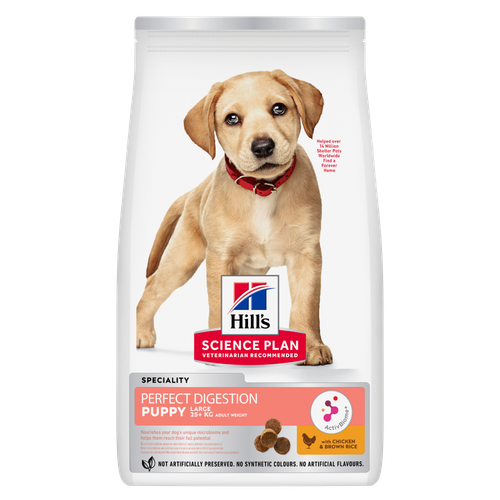 Perfect Digestion Large Breed Puppy Food
Perfect Digestion Large Breed Puppy FoodPrecisely balanced nutrition with Hill's ActivBiome+ prebiotic blend actively contributes to supporting digestive health and overall well-being to help your pet feel their best
Shop Now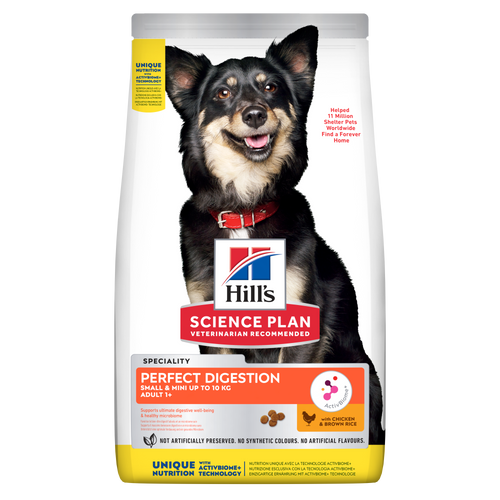 Perfect Digestion Small & Mini Adult Dog Food
Perfect Digestion Small & Mini Adult Dog FoodHill's Science Plan Perfect Digestion Small & Mini Breed Adult Dog Food with Chicken & Brown Rice supports ultimate digestive well-being & a healthy microbiome.
Shop NowFeatured products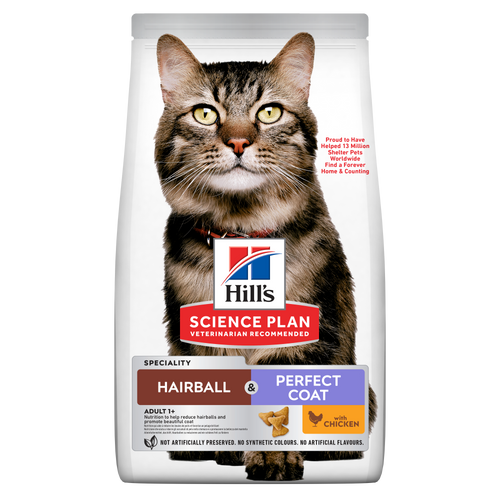 Hairball & Perfect Coat Adult Cat Food
Hairball & Perfect Coat Adult Cat FoodHill's Science Plan HAIRBALL & PERFECT COAT Adult cat food with Chicken is specially formulated to effectively help avoid hairball formation in adult cats while promoting a beautiful coat. Thanks to its mix of essential Omega-6 fatty acids, this food benefits the cat's skin and fur keeping them healthy and shiny. Our Advanced Fibre Technology helps reduce hairballs by naturally promoting their passage through the gut. This food is formulated with high-quality protein for a perfectly balanced, great-tasting recipe.
Shop Now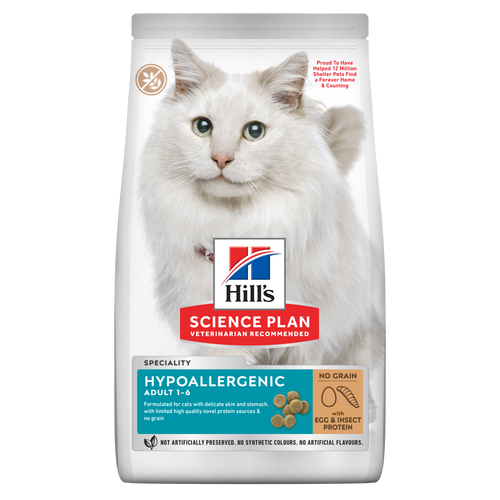 Hypoallergenic Dry Cat Food
Hypoallergenic Dry Cat FoodHILL'S SCIENCE PLAN Hypoallergenic Adult cat food with egg & insect protein is a complete pet food for adult cat 1–6 years old. It's formulated for cats with delicate skin and stomach, with limited high quality novel protein sources & no grain.
Shop Now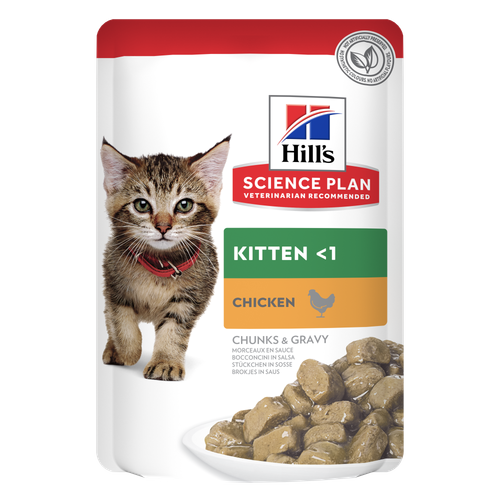 Kitten Food
Kitten FoodTender chicken chunks in gravy for kittens, with omega-3s for healthy eye & brain development and high-quality protein to support muscle growth. With balanced minerals to promote strong bones & teeth.
Shop Now -
Dog
- Dog Tips & Articles
-
Health Category
- Weight
- Food & Environmental Sensitivities
- Urinary
- Digestive
- Joint
- Kidney
-
Life Stage
- Puppy Nutrition
- Adult Nutrition
- Senior Nutrition
Cat- Cat Tips & Articles
-
Health Category
- Weight
- Skin & Food Sensitivities
- Urinary
- Digestive
- Kidney
-
Life Stage
- Kitten Nutrition
- Adult Nutrition
Featured articles The Right Diet For Your Pet
The Right Diet For Your PetLearn what to look for in healthy pet food & nutrition, including ingredients, quality of the manufacturer, your pet's age, and any special needs they have
Read More Pet Food Storage Tips
Pet Food Storage TipsWhere you store your cat and dog food can make a big difference in the quality and freshness once it is opened. Here are some common questions and recommendations for optimal storage for all of Hill’s dry and canned cat and dog food.
Read More Understanding Your Pet's Microbiome
Understanding Your Pet's MicrobiomeLearn what a pet's microbiome is, how it contributes to your pet's gut & overall health, and why nutrition is important in maintaining healthy microbiomes.
Read More -


Most cats are not particularly happy travellers - they are usually bonded strongly to their own territory and feel very vulnerable off home ground. The rewards of staying with the family 'pack' or the potential of exploring or walking somewhere new at the end of the journey do not excite the average feline in the same way as its canine cousins.
If you wish to take your cat on a train/car or air journey you will have to ensure it is safely and comfortably secure in an appropriate carrier and is kept confined at the end of the journey, at least until it has become bonded to the new territory. Of course you get the occasional cat that travels frequently with its owner and does not panic or run off in a new environment, however, these are few and far between.
Travelling by car
It can be very dangerous to have a cat loose in the car - not only could it cause an accident by becoming entangled with the driver, but if a window or door was opened or an accident occurred, the cat could escape and become lost.
You will need to invest in a carrier that is strong and easy to clean should the cat urinate, defecate or become sick during the journey. Also consider the weather you will be travelling in - both your present situation and the likely temperature of your destination. If it is likely to be very hot then use a basket which allows good air flow - if it is going to be cold then one which can provide draft-free warmth while still allowing a good air flow would be useful. Place the carrier where it will be secure if you have to brake suddenly but where it has a good air flow - i.e. not underneath lots of other luggage in the back of the car. Do not put the cat in the boot and take care with the rear of hatchbacks - ventilation may be poor and the cat may overheat. You can secure the carrier behind one of the front seats or use the seat belt to make sure it is held securely on the seat.
What's all that noise about?
The cat may meow initially or even throughout the whole journey - speak calmly and reassuringly to it but resist letting it out of its carrier. The noise will probably drive you mad but the cat is unlikely to be suffering; just voicing its dislike of the situation! Eventually the constant motion and noise of the car will probably induce it to sleep or at least to settle down. Check the cat regularly, especially if the weather is hot - don't underestimate how rapidly the temperature inside a car can rise - bear this in mind if you stop for a refreshment break and leave the cat in the car. Put the car in the shade and leave windows open - if it is very hot take a picnic and eat it nearby with the cat secure in its carrier outside the car or with all the doors open. Heat-stroke can be a killer.


Tasty Tips
Travelling by train
Obviously if you are travelling by train you will need a very secure carrier which the cat cannot possibly escape from, but one which is also light enough to carry. You may want one with a solid base in case the cat urinates so that it does not soil the railway carriage. Line it with absorbent paper and material and take spare bedding too. You will probably be able to keep the cat in its carrier on your lap depending on the type of train and the space available.
Travelling by air
If you intend to travel by plane with your cat then you need to plan well ahead. You may have a choice of airlines and how they can transport your cat may influence your choice. Most airlines do not allow cats to travel with their owners and have to travel in a special part of the hold that is heated and pressurised.
Most cats do travel well but it is not recommended to send a pregnant cat or kittens under three months old. Also note that not all flights are licensed to carry animals so the cat may have to travel on a different flight to you.
If possible book the cat onto a direct flight so there will be no need for it to be disturbed for transfer, this will also prevent any problems associated with waiting around in a very hot or cold country. This may also affect the timing of the flight you choose. The International Air Transport Association Standards say a container must be large enough to stand up in and turn around with ease - check with individual airlines on what they need.
Arriving at your destination
When you arrive, place the cat in one room and make sure it is secure, comfortable and cannot escape. Offer water and a little food although it may not be interested in eating until it settles in a little more. Do not let the cat go outside for at least a week and make sure it is identifiable if lost. Withhold food for about 12 hours so that the cat is hungry and comes back to you for food when you call. Gradually let it explore further and use food to ensure it does not go too far and returns for regular meals.
Using the carrier
For cats the production of a carrier usually means a trip to the veterinary surgery so they are often not too keen to get into it! Take time to let the cat become accustomed to the carrier or travel crate well before the journey.
Make it a pleasant place to be - feed the cat treats inside it and make a cosy bed of familiar smelling bedding which can be used on the journey. Leave the door open and encourage the cat to go in and out and to sleep in it. Then, when it comes to the actual journey, the cat is at least familiar with its immediate environment.
If you have more than one cat it is better to give them separate carriers which allows better flow through of air, more room and less chance of overheating. Even the best of friends may become stressed during a journey and behave in an uncharacteristic, agitated way with each other; separate carriers will prevent any injury. If they can at least see and hear each other they may be comforted by that.
Withhold food for about four to five hours before the journey in case the cat is sick while travelling. Offer water up to the time you leave and again during the journey if possible. You can buy bowls which attach to cages so they are not spilled by the cat during the journey and are easy to fill without opening the cage should there be a delay during the journey.
Ref: Feline Advisory Board - www.fabcats.org


One of our staff authors prepared this article for you
Related products

Hill's Science Plan HAIRBALL & PERFECT COAT Adult cat food with Chicken is specially formulated to effectively help avoid hairball formation in adult cats while promoting a beautiful coat. Thanks to its mix of essential Omega-6 fatty acids, this food benefits the cat's skin and fur keeping them healthy and shiny. Our Advanced Fibre Technology helps reduce hairballs by naturally promoting their passage through the gut. This food is formulated with high-quality protein for a perfectly balanced, great-tasting recipe.

HILL'S SCIENCE PLAN Hypoallergenic Adult cat food with egg & insect protein is a complete pet food for adult cat 1–6 years old. It's formulated for cats with delicate skin and stomach, with limited high quality novel protein sources & no grain.

Tender chicken chunks in gravy for kittens, with omega-3s for healthy eye & brain development and high-quality protein to support muscle growth. With balanced minerals to promote strong bones & teeth.
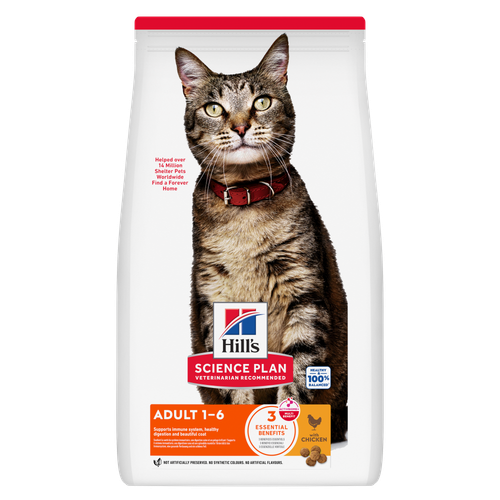
Hill's Science Plan Adult Cat Food with Chicken is a complete pet food, specially formulated with ActivBiome+ Multi-Benefit Technology.
This food is specially formulated to fuel the energy needs of cats during the prime of their life.
Related articles
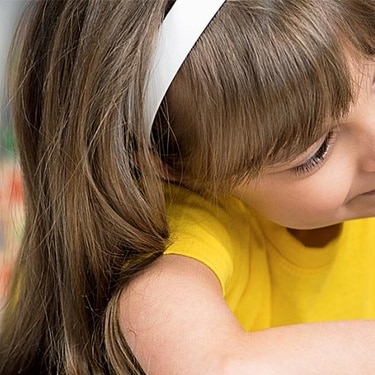
When learning how to train your cat, you'll start with very basic first steps that both reward good behavior and discourage the bad.
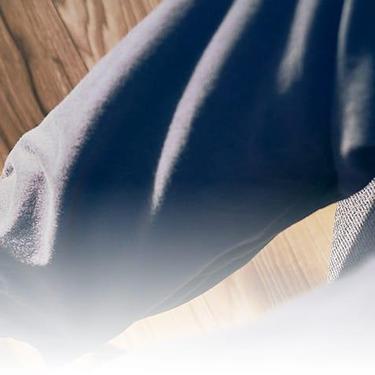
Discover which cat toys games your feline friend might like, and how they are great sources of exercise. Explore our library of articles to learn more.
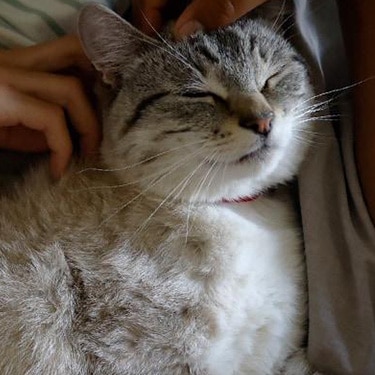
Find out about how you can support your cat's digestion to boost overall health. Diet is key to a long and happy life for your cat, so discover what you can do.
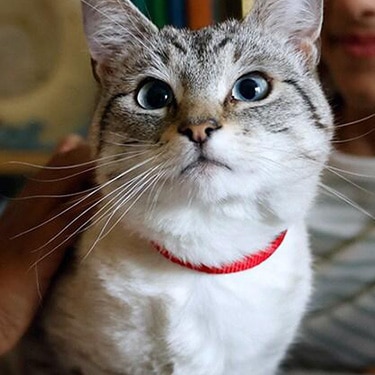
Discover what you can do to spot and support a sensitive cat stomach. See what routines and food you can implement to help your cat be happy and healthy.
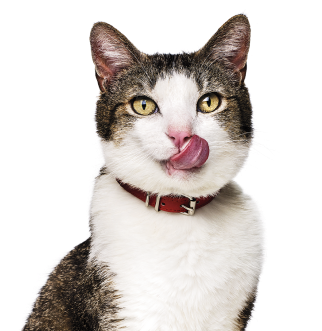
Put your cat on a diet without them knowing
Our low calorie formula helps you control your cat's weight. It's packed with high-quality protein for building lean muscles, and made with purposeful ingredients for a flavorful, nutritious meal. Clinically proven antioxidants, Vitamin C+E, help promote a healthy immune system.
Put your cat on a diet without them knowing
Our low calorie formula helps you control your cat's weight. It's packed with high-quality protein for building lean muscles, and made with purposeful ingredients for a flavorful, nutritious meal. Clinically proven antioxidants, Vitamin C+E, help promote a healthy immune system.

